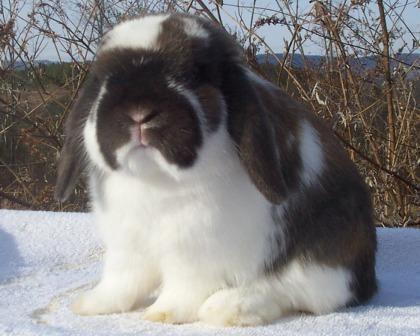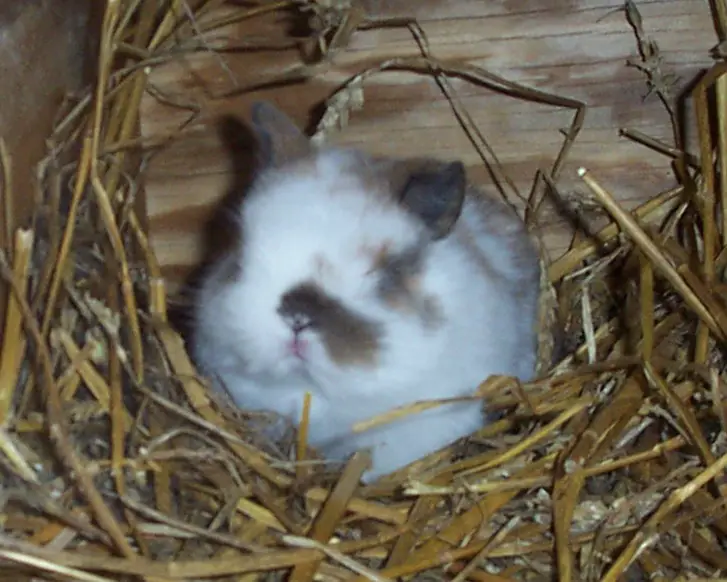By Laurie Stroupe
We have used a flexible watering system and now we have a PVC-based watering system with heat cables. Since we’ve used the PVC system through a full winter now, I thought I’d give you my opinion of it. 
I LOVE IT.
It was totally care-free last winter.
The diameter of the pipes is so much larger than the flexible system that it takes colder weather to freeze the pipes in the first place, or longer stretches of cold weather. Because we installed a heat cable while we were putting in the system, we had absolutely no frozen water in the barn this winter (except in crocks). The heat cables are plugged into thermostats, so they come on when it’s cold and go off when it’s warm.
The larger diameter of the pipes also means that more water flows through the drain taps we have at the end of each line. It doesn’t take long to flush out the lines and filling a jug of water is a snap. When we had the flexible system, it took a number of minutes to fill a jug of water. I give litters crocks and have two cages off of the system, so I need to be able to fill the jug for a number of crocks. It was so lovely last winter not having to carry even one pail of water from the house to the barn!
I don’t think that the PVC system on its own was much more expensive than the flexible one. Adding the price of the heat cables and thermostat cubes brought the cost up for the PVC system but you get better functionality for the extra money you spend.
There are definitely some downsides to the system to keep in mind.
First, it was harder to install than the flexible system. With the tubing, it was just a matter of taking a pair of scissors to the barn and pushing the pieces together. I’m not saying that the PVC pipe was very difficult mind you; just that it was not as easy. There was more planning and measuring involved. There was more calculating of the pieces we’d need. The clips that secure the pipe to the cages are much harder to install than the stand-off brackets for the flexible system.
It’s not as changeable as the flexible system. I was thinking about adding another wing to my barn when I realized that it would mean reworking one end of the watering system. The heat cable cannot be cut, so it would be a task to take off the end, disconnect the wiring, run the new PVC backwards onto the wire, and then reconnect everything again.
Because the clips holding the PVC against the cage are so difficult to work with, we’ve decided that taking the cages outside for pressure washing is no longer an option. With the flexible system, we unclipped them easily and reattached them after the cleaning with no problem.
The last downside of the system has to do with how we installed it. We ran it behind the cages so that it wouldn’t interfere with our doors, feeders, and hayracks. It works well as far as logistics go. However, when trying to teach rabbits to use the system, it’s not very handy to have it in the back. When I come to the door, the rabbits come to see what’s going on. It’s hard to get them to pay attention to the back of the cage. It seems to me that I’ve had an increased number of rabbits having trouble learning the system. Of course, maybe if I didn’t coddle them with crocks as babies I wouldn’t have as much problem.
But for all of the drawbacks, the benefits clearly outweigh them, in my opinion. I’m very much enjoying the system and am very glad we changed over.

